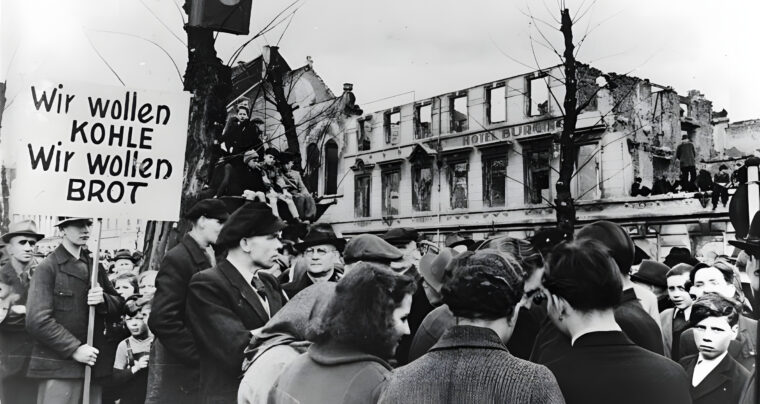
European Theater
The Marshall Plan
It was indeed an unprecedented effort to raise a continent from the devastation of a horrific world war, and ironically, the idea belonged to a career soldier. Read more
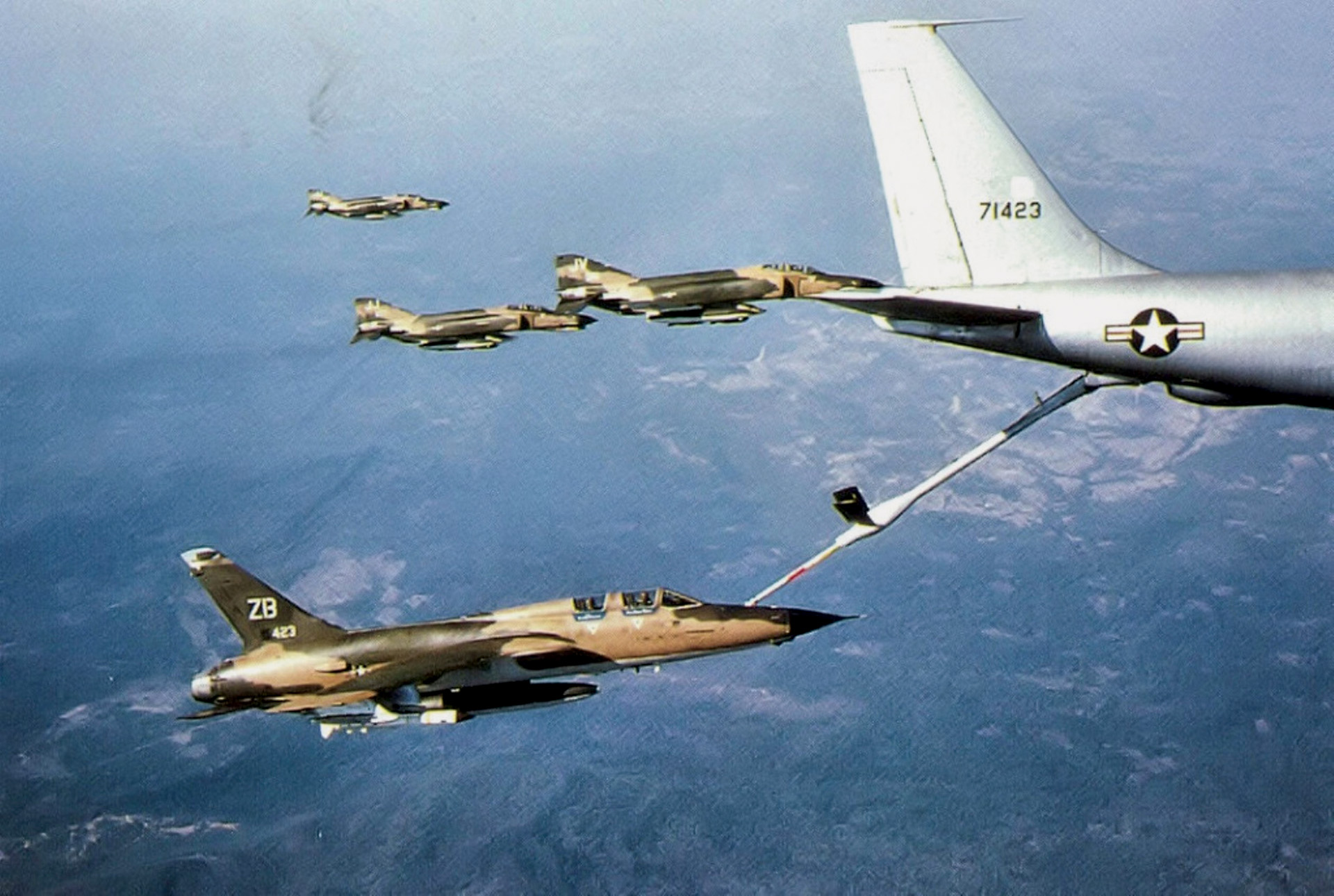

European Theater
It was indeed an unprecedented effort to raise a continent from the devastation of a horrific world war, and ironically, the idea belonged to a career soldier. Read more
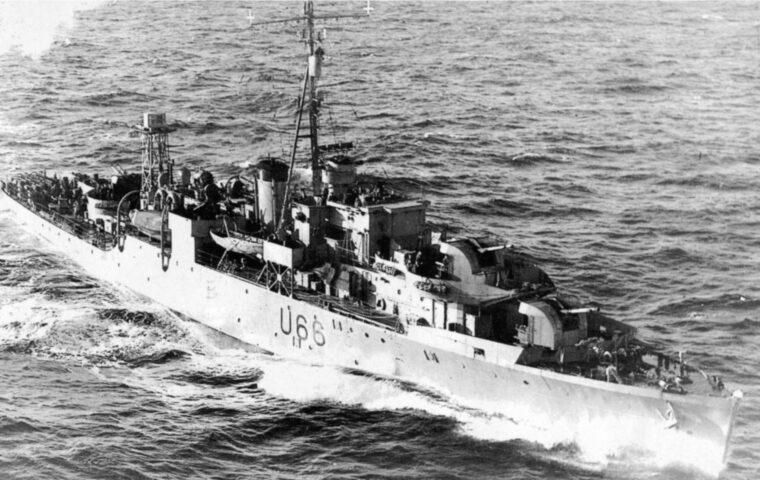
European Theater
The peril posed to the British Isles, and indeed the entire Allied cause, by the Nazi U-boat threat can scarcely be overstated. Read more
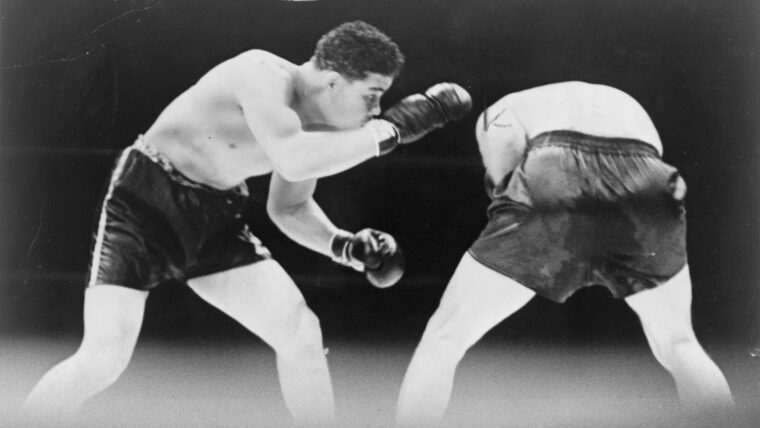
European Theater
When athletes become pawns of politicians, their skills being touted as proof of their country’s ideological superiority over others, seldom are events played out as the demagogues would have scripted. Read more
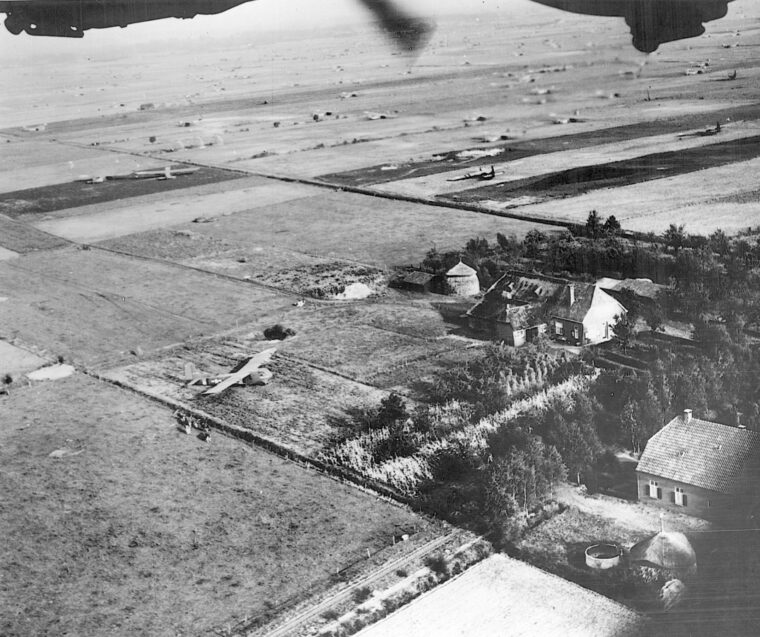
European Theater
While the American 101st and 82nd Airborne Divisions were engaged in fighting near the Dutch towns of Eindhoven and Nijmegen, respectively, and the British XXX Corps struggled up the 100 miles of narrow road from the Belgian frontier toward Arnhem, Operation Market Garden very likely was already lost. Read more
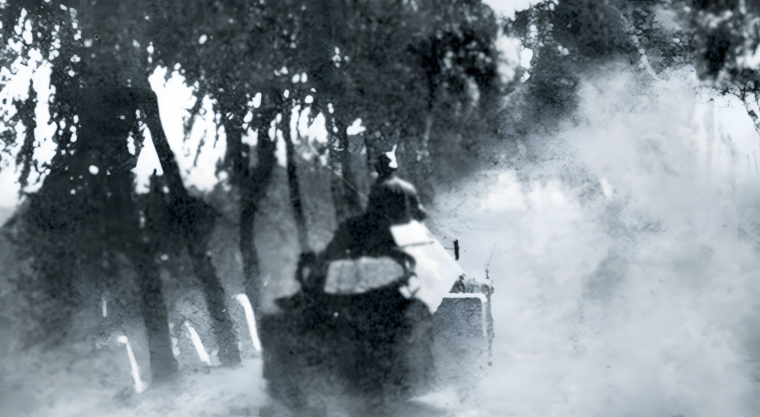
European Theater
Adolf Hitler won victory after victory in the late 1930s: the remilitarization of the Rhineland in 1936, the incorporation of Austria into the Reich in 1938, the acquisition of the Sudetenland of Czechoslovakia in 1938 followed by the control over much of the remainder of Czechoslovakia six months later, and then the conquest of Poland in September 1939. Read more
European Theater
Although the hunt for weapons of mass destruction in Iraq has thus far proved a frustrating enterprise for inspectors, there remains no doubt that such weapons were once in the hands of Saddam Hussein and his lieutenants. Read more
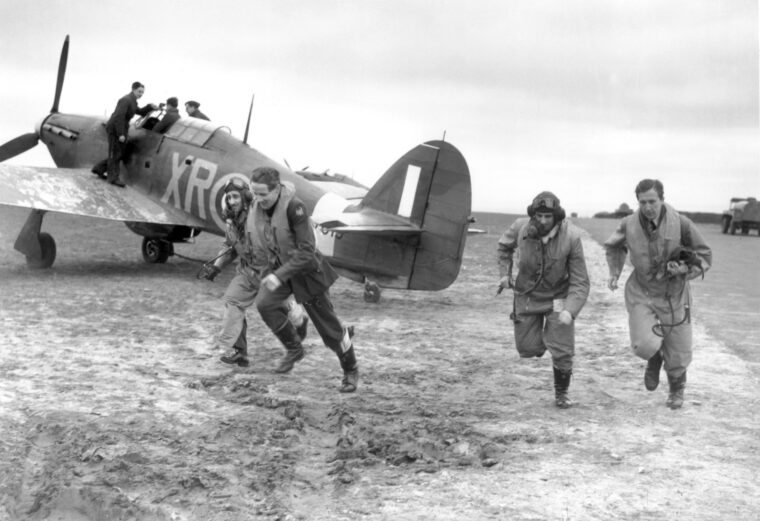
European Theater
As they boarded the train for Montreal, the two Americans tried to look as inconspicuous as possible. Read more
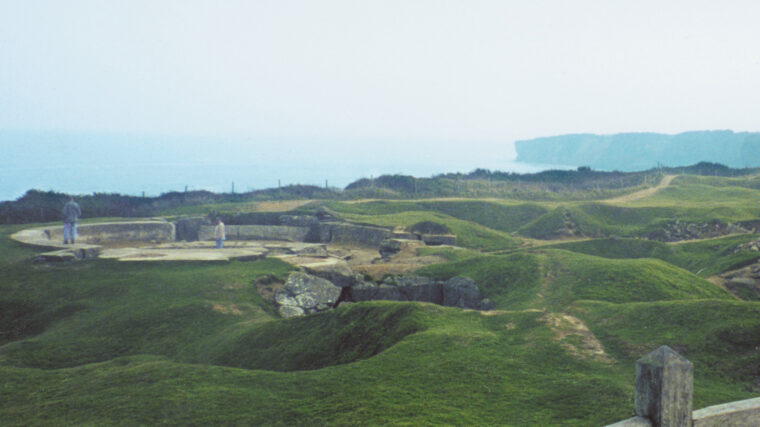
European Theater
The gunfire has receded with the tide. One of the most valuable pieces of real estate in Normandy, France, on June 6, 1944, which once crawled with American GIs and German soldiers, now welcomes peaceful visitors from around the world. Read more
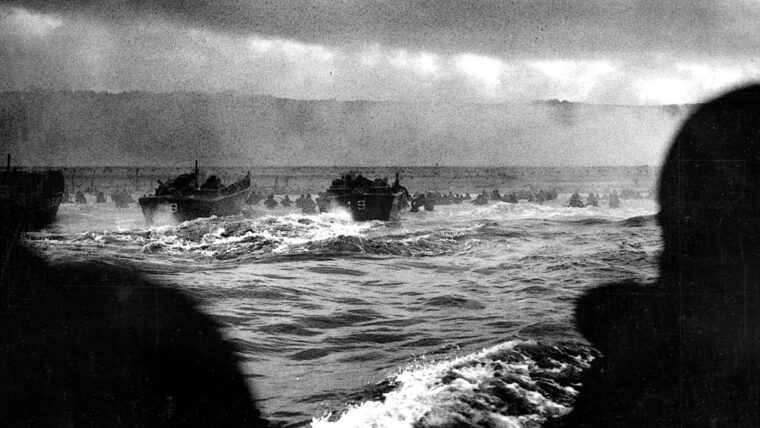
European Theater
Peering through the predawn darkness at the slowly emerging shoreline 300 yards away, the little man with the famous name prepared once again to set foot in France as a soldier of the liberation. Read more
European Theater
Dear Sir,
In the May issue of WWII History, the article “Low Level Run at Ploesti” by Sam McGowan contained many errors. Read more
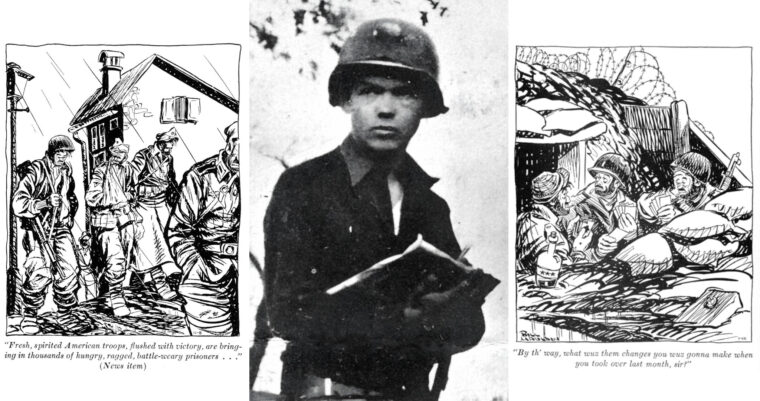
European Theater
Bill Mauldin understood war from the grunt’s-eye view. An enlisted man with the 45th Infantry Division, he turned his hobby into an art, penning Army life in World War II from Sicily and Italy to France and Germany. Read more
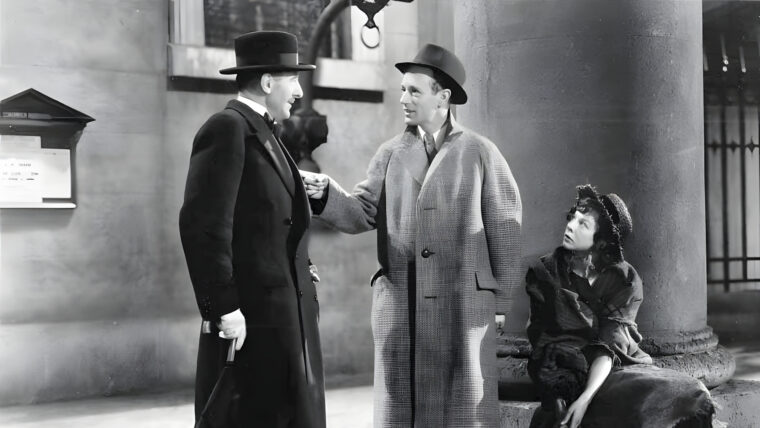
European Theater
On the morning of June 1, 1943, the Douglas DC-3 lifted off from the airport at Lisbon in neutral Portugal. BOAC Flight 777 or Dutch KLM Flight 2L272, as it had been designated, carried 13 passengers and its crew on a flight bound for London. Read more
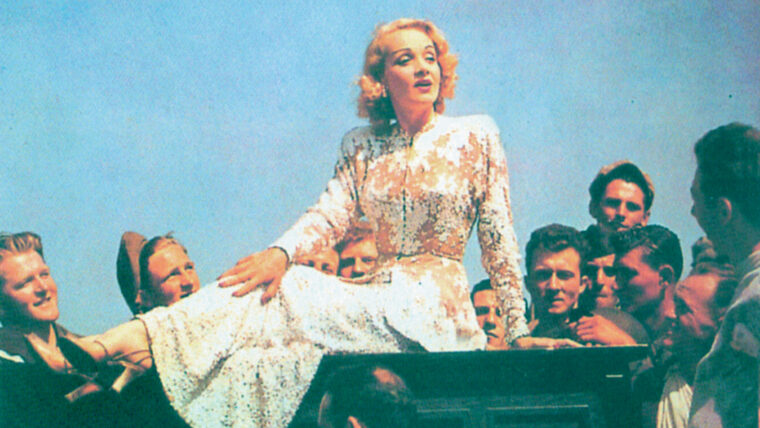
European Theater
The true story of “Lili Marlene,” possibly the most famous war song ever written because of its universal themes of separation, loneliness, heartbreak, hope, fear of death, and dreaming for one’s love, is varying, contradictory, and controversial. Read more
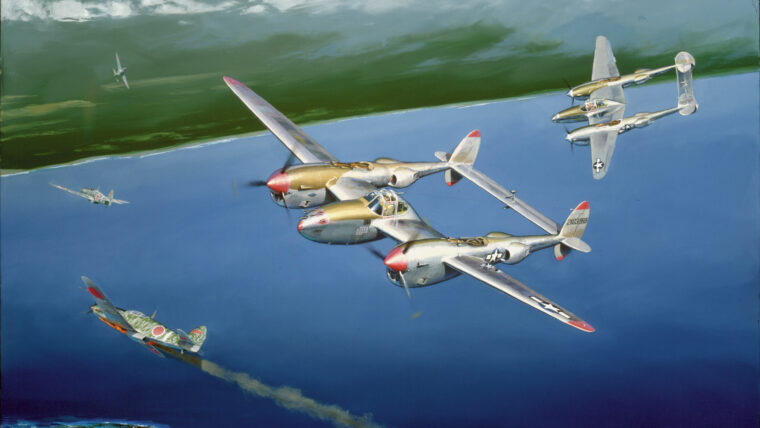
European Theater
Although the Japanese attack on Pearl Harbor was the event that served to galvanize America to fight World War II, President Franklin Roosevelt and his military advisers had pervasively decided that defeating the Japanese would be secondary to destroying the Nazi war machine in Europe. Read more
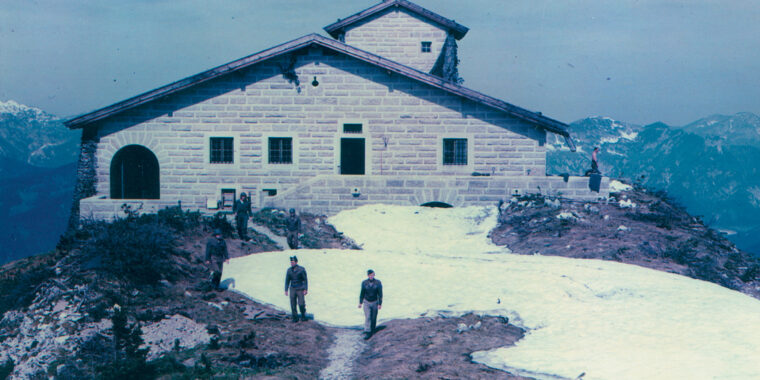
European Theater
For the Western Allies, the war in Europe ended with more of a whimper than a bang. Read more
European Theater
The assassination of Reinhard Heydrich, the Butcher of Prague, ended the notorious career of one of the most ruthless and anti-Semitic Nazis. Read more
European Theater
Dear Sirs:
I have enjoyed your new magazine for its subject matter, layout, and graphics. Your challenge is to present articles on subject matter that has been covered for many years by world-class writers such as Cornelius Ryan, Carlo d’Este, and lately Adrian Lewis about D-day. Read more
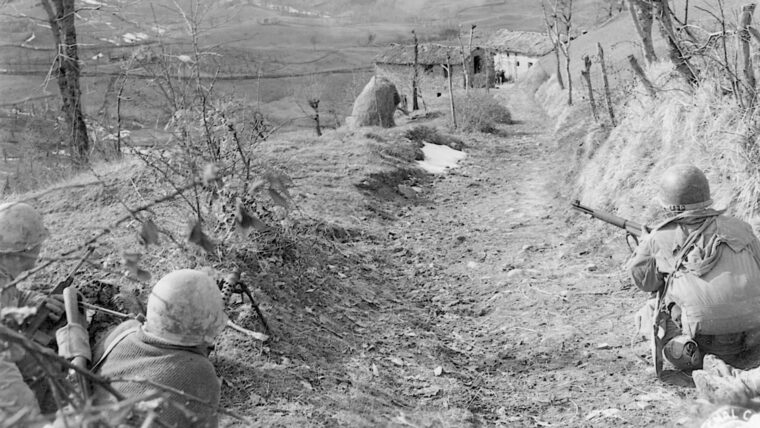
European Theater
From their hiding places in the valley below, the soldiers looked up at the wall of shale looming more than 3,000 feet above them. Read more
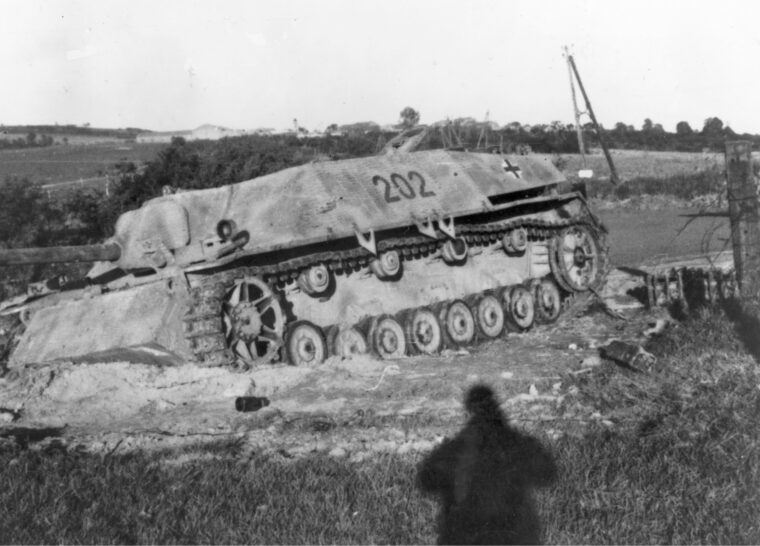
European Theater
Everywhere General George S. Patton, Jr., went, from North Africa to Sicily to continental Europe, his camera swayed from his neck, ready to capture images that interested him. Read more
European Theater
Neutrality. When used in the context of wartime, the word implies a political stance favoring neither side in armed conflict.
However, during World War II, alliances and allegiances seemed as confused at times as the fighting itself. Read more